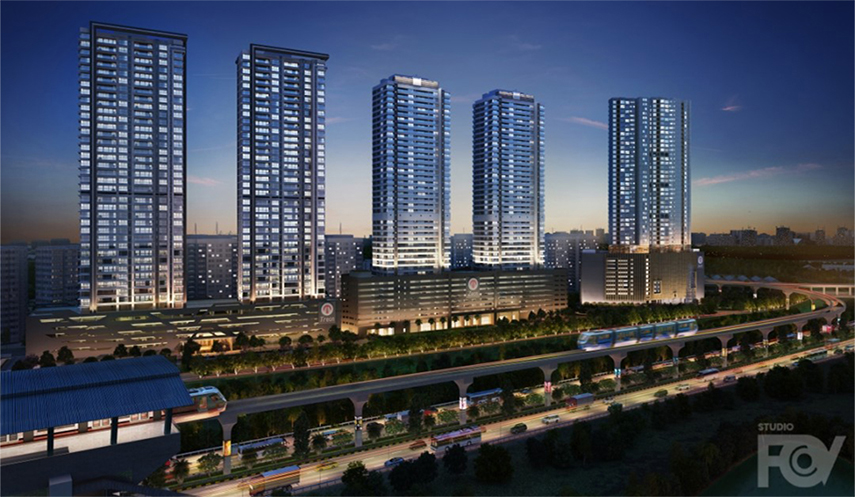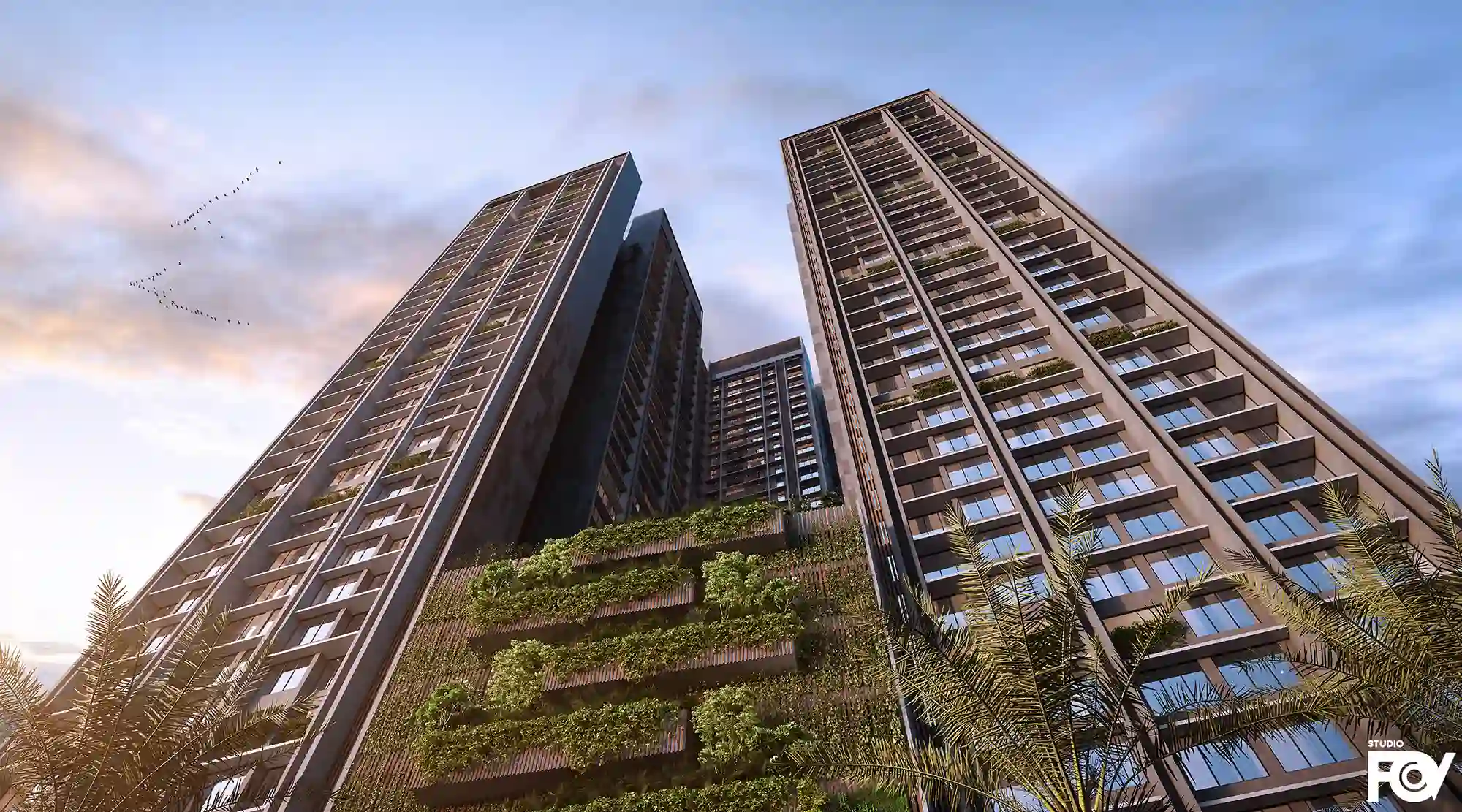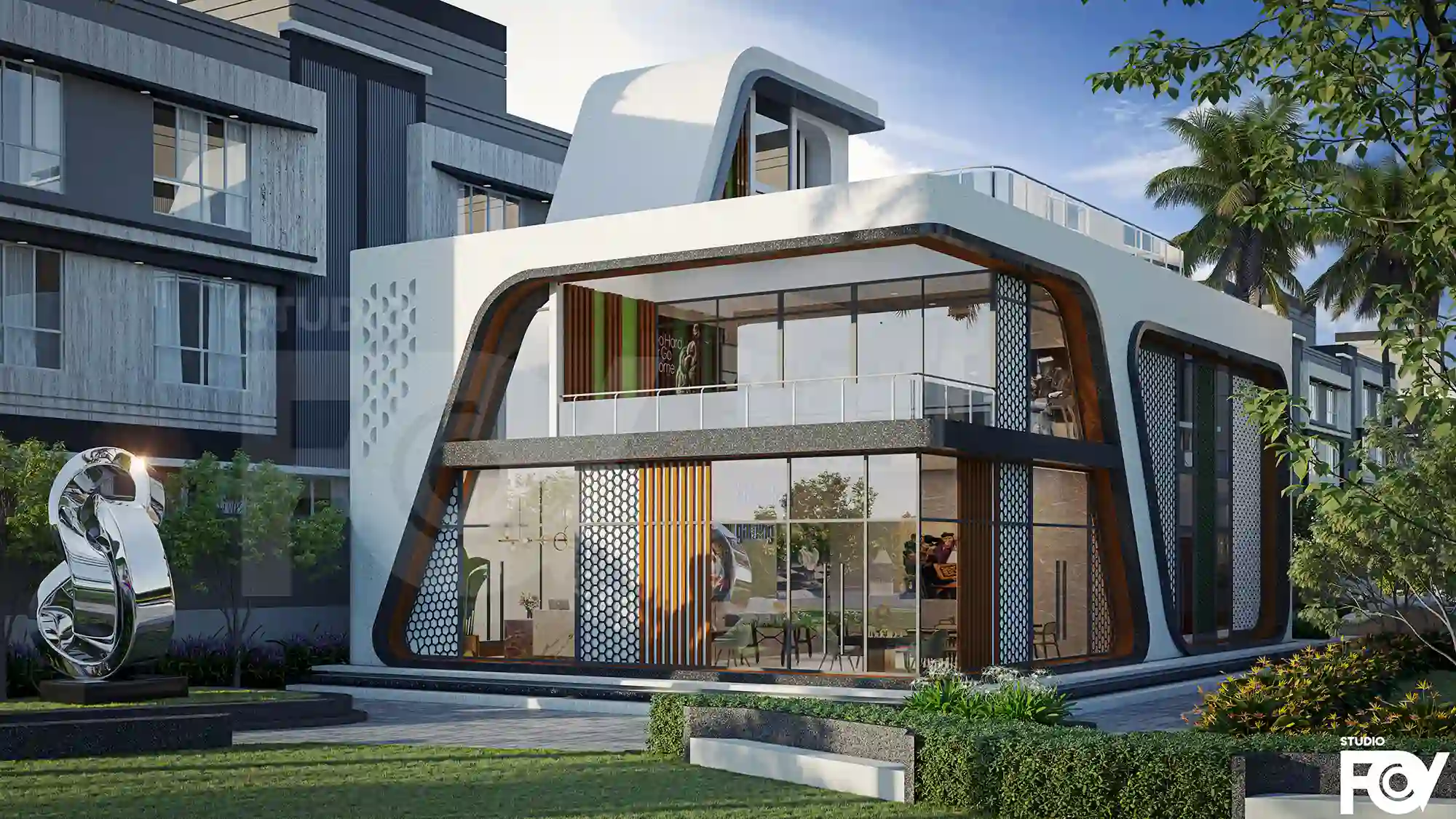How Architectural Visualization Brings Your Design Ideas to Life
Architectural visualization is like magic for anyone in the world of architecture and design. Whether you’re an architect, designer, or a client with a vision, it can take those rough ideas on paper and turn them into something real and tangible. In this article, we’ll break down exactly how architectural visualization works, why it’s such a game-changer for architectural spaces, and why it’s become an essential tool for architects and designers.
What Is Architectural Visualization?
Let’s start with the basics: What exactly is architectural visualization? At its core, architectural visualization is the process of creating digital images or animations that represent what a building or space will look like before it’s built. It often involves 3D rendering, which turns 2D plans and sketches into detailed, realistic images or animations.
So, instead of just imagining a space based on flat blueprints, architectural visualization lets you see what it will actually look like—from the way light hits a certain room to how materials interact within a space.
Why It Matters for Architects and Designers
Architectural visualization has completely transformed the way architects and designers work. Before this technology existed, designers had to rely on hand-drawn sketches or physical models to communicate their ideas. While these methods worked, they often left a lot to the imagination. There was always a gap between what the architect envisioned and what the client could understand.
With architectural visualization, that gap is closed. Now, architects can bring their designs to life in a way that’s easy for clients to grasp. Instead of just hearing about a design, clients can see it, walk through it virtually, and feel confident about their investment.
How It Benefits Clients
One of the biggest advantages of architectural visualization is how it helps clients—whether they’re homeowners, developers, or commercial clients—fully understand a design. Let’s face it, not everyone is great at interpreting blueprints and technical drawings. But when you show them a realistic 3D rendering of their future home or office space, everything becomes clear.
Clients can see how each architectural space will come together, allowing them to provide feedback and make informed decisions. Want to change the layout? Swap out materials? Adjust the lighting? Architectural visualization makes these changes easy to visualize without costly redesigns during construction.
The Role of Lighting and Materials in Visualization
Lighting and materials play a crucial role in how a space feels, and architectural visualization allows architects and designers to experiment with both. A well-lit room can feel warm and welcoming, while the same space with poor lighting can feel cold and uninviting.
By using architectural visualization, designers can play with different lighting setups and materials to see how they interact within a space. Want to know how natural light will fill a room at different times of the day? Visualization can show you. Curious how different flooring materials will change the feel of a room? Just swap them out digitally and see the difference instantly.
This ability to test different design elements before committing to them is incredibly valuable. It gives architects and designers the flexibility to experiment, while giving clients the confidence that they’re making the right choices.
The Process of Bringing Your Designs to Life
So, how does the magic of architectural visualization actually happen? Here’s a simplified version of the process:
Concept Development
It all starts with the architect or designer’s vision. Initial sketches, ideas, and layouts are created, usually in 2D. These serve as the foundation for the visualization process.
3D Modeling
Once the basic design is in place, it’s time to create a 3D model. This model is a digital representation of the architectural space, with every element—walls, floors, furniture—represented in three dimensions.
Texturing and Materials
After the 3D model is built, designers add textures and materials to make the space look realistic. Want a wooden floor or marble countertops? These elements are added to the digital model to match the vision.
Lighting and Rendering
Next comes lighting. Designers will experiment with different light sources—both natural and artificial—to make the space feel as lifelike as possible. Once everything is in place, the rendering process begins, which transforms the 3D model into a high-quality image or animation.
Review and Revision
Finally, the rendered images are reviewed by the architect, designer, and client. If changes are needed, they’re easy to make in the digital model, saving time and money compared to altering plans during construction.
Why Architects Are Embracing Architectural Visualization
For architects, architectural visualization is a powerful tool not just for presenting designs, but also for refining them. The process allows architects to test different ideas quickly and see how various elements will look in the final space. This ability to iterate and improve designs makes the entire process more efficient and more creative.
Architects also love how visualization helps with client collaboration. Rather than explaining a design with words and hoping the client “gets it,” they can now show the design in vivid detail. This makes communication easier, speeds up approval processes, and helps avoid costly misunderstandings down the line.
How Architectural Visualization Is Shaping the Future of Design
Architectural visualization isn’t just a tool for today’s projects— it’s shaping the future of architecture and design. As the technology becomes more advanced, we’re seeing exciting developments like virtual reality (VR) walkthroughs, where clients can explore architectural spaces before they even exist. This immersive experience gives clients an even deeper understanding of how a space will look and feel.
Visualization is also playing a huge role in sustainable design. Architects can use it to test different eco-friendly materials and energy-efficient lighting systems, helping them design buildings that are not only beautiful but also environmentally responsible.




